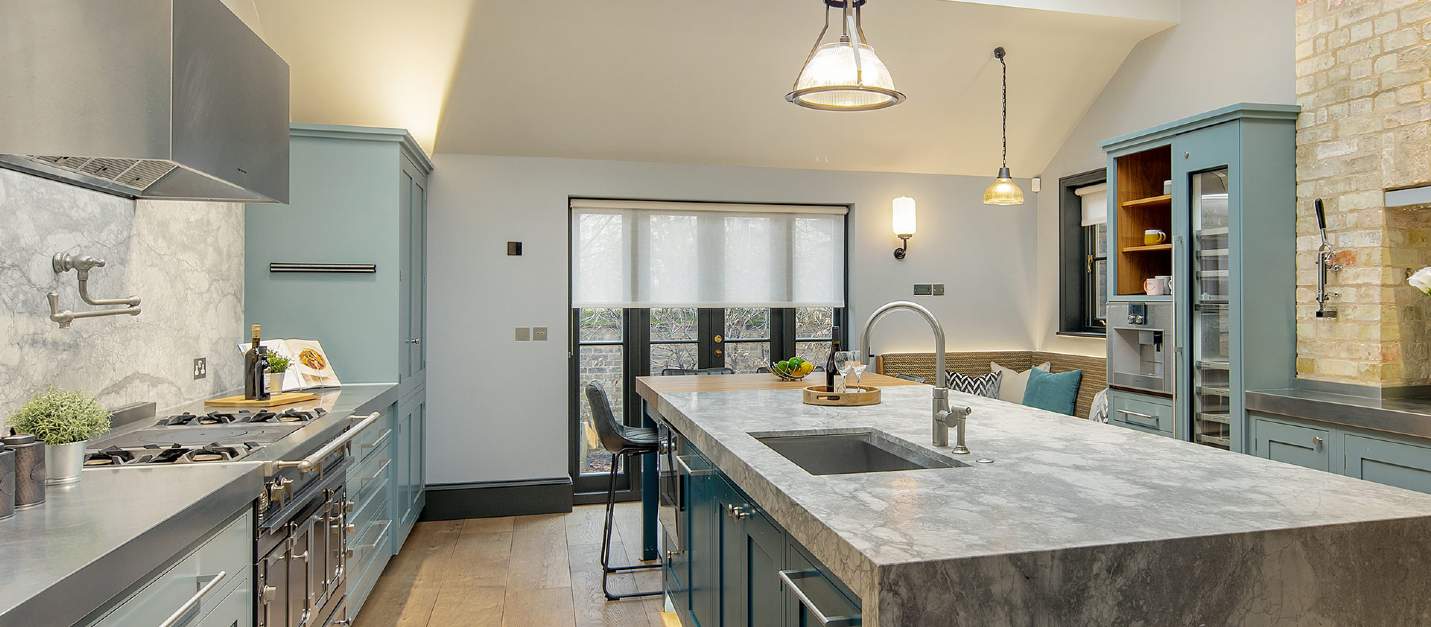Prices stabilise across prime regional markets following mini-budget dip, but realistic pricing will be critical over the coming months
Frances McDonald, Director, Savills Residential Research
Prices across the prime regional markets of the UK are stabilising after almost three years of strong price growth. Prime values fell by an average of -1.0% during the first quarter of 2023, decreasing at a slower rate than the -1.3% recorded in Q4 2022.
This means annual growth slipped into negative territory for the first time since September 2019, with prices falling by a marginal -0.7%.
A clear trend that has emerged so far this year is that the gap between buyer and seller expectations is widening. While buyer budgets have decreased (as a result of market uncertainty, higher mortgage rates and the rising cost of living) sellers have become somewhat less likely to reduce their price expectations over the past three months. As a result, realistic pricing is likely to play an increasingly critical role going forward and will be vital for sellers looking to secure a sale.
This is further demonstrated by the level of price reductions for properties above £1 million, which were three quarters higher during Q1 2023 than they were in the first nine months of 2022, on a seasonally adjusted basis according to data provider TwentyCi. But this has improved from the 88% increase recorded in Q4 of last year.
2. Supply/demand imbalance easing
The significant imbalance between supply and demand that has been evident across the prime regional markets during much of the last three years appears to be easing.
More than two-thirds of Savills regional agents reported an increase in stock levels during the first three months of the year, and this is likely to continue as 88% of these agents expect levels to continue increasing over the next three months as some sellers have chosen to hold out for the traditional spring market.
New instructions for properties worth £1 million or more were 8.9% higher in Q1 than in the first nine months of 2022 on a seasonally adjusted basis, according to data provider TwentyCi. This compares to an increase of 20% in the final quarter of last year.
At the same time, whilst demand has remained remarkably strong, buyers are not feeling the same sense of urgency that they felt last year; they’re more cautious and are happy to bide their time. Throughout the first three months of this year, newly agreed sales (when taking both seasonality and fall through rates into account) returned to 87% of the levels seen during the first nine months of 2022. During Q4, they were at 70% of that level.
Best-in-class properties are still commanding competition though, and in some cases, buyers are still prepared to pay more for the right home.
The recent performance of different local markets has largely been dictated by how dependent buyers are on mortgage debt.
The suburban and inner commuter regions closest to London, where around three-fifths of buyers fund their purchase with a mortgage, have seen the most substantial price falls during the first quarter of almost -2%. Meanwhile, those areas with a greater proportion of cash buyers, such as the South of England beyond the commuter zone (-0.6%) and Scotland (-0.2%), have held up more strongly.
Whilst some pandemic trends, such as space to work from home and larger outside areas, seem to be embedded, proximity to the wider range of amenities and services offered by city centres have become more important to some buyers.
Prime cities were the only markets to see prices remain broadly flat (-0.4%) this quarter, whilst in town, village and rural locations, values fell by between -1.0% and -1.2%. This trend is evident across all regions, with the exception of Scotland, where surrounding rural markets, which remain very stock constrained, have performed more strongly.
The established city markets of Bath, Bristol, Cambridge and Oxford, in particular, have seen prices increase marginally or remain flat whilst values have fallen in surrounding villages and rural areas.
Many of the trends that have dictated recent price movements are likely to do so going forward. Buyer budgets, and therefore prime prices, will be impacted most in areas more dependent on mortgage finance.
Overall, the prime markets will be less affected by the economic pressures that will drive the wider mainstream housing markets this year. But, as has already been apparent over the past six months, they will not be immune to these pressures, particularly given the change in sentiment.
We are forecasting that values will be down by an average of -6.5% by the end of 2023, but this will likely range from -8.0% in the suburban and inner commuter markets to a more modest -5.0% across the Wider South, Midlands, North and Scotland.
< View our latest Q1 2023 updates here.
For more information, please contact your nearest regional office or arrange a market appraisal with one of our local experts.
